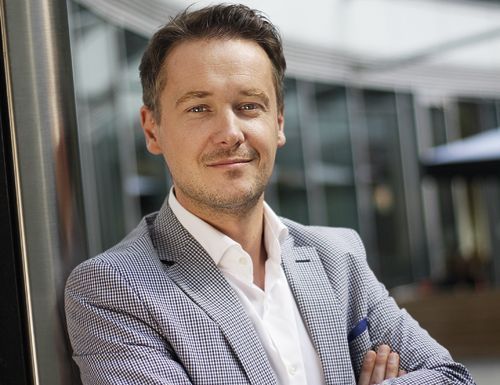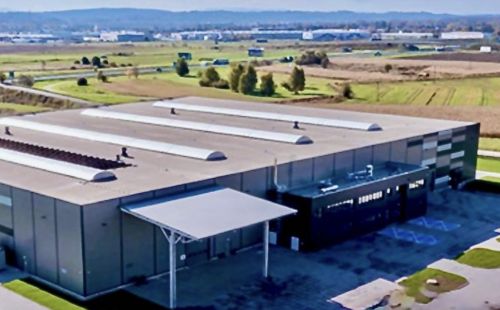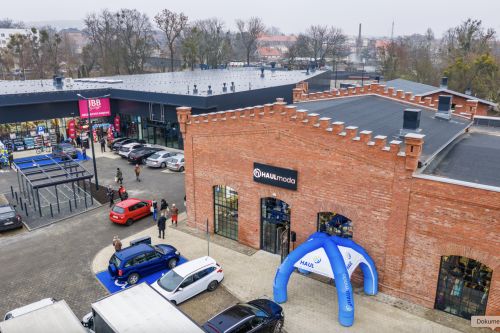After a few years of scarcity and stagnation the signs of a revival on the investment land market can now clearly be seen. Developers from all sectors have started plot shopping – and their expectations are high. They say that real estate is all about location. Of course, everyone takes this into account, but the preparation of a plot for a potential project and its legal status also play an important role. Even the best location will not attract an investor if it is impossible to build on it relatively quickly and without any fuss. A prime example of this is pl. Defilad in Warsaw – probably the best location for a project in the city, but which has actually been off the market for many years due to its complicated ownership and legal status.
Production sector takes a liking to our part of EuropeThe largest regions with the best transport links are attracting investors like the proverbial magnet. Capital cities are enjoying popularity as well, as are (as far as the warehou































































